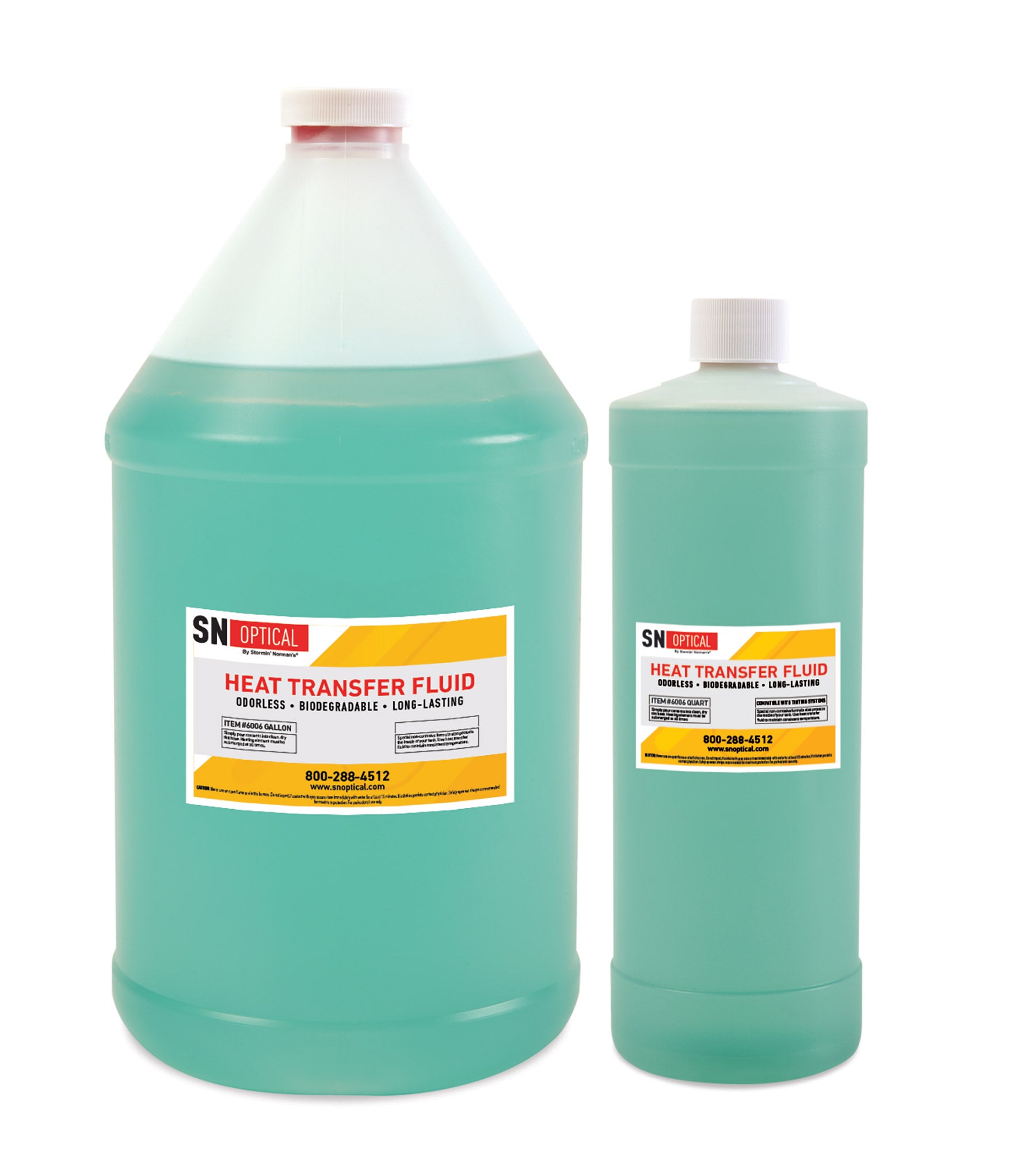Why Regular Maintenance of Heat Transfer Fluid is Vital for System Long Life
Why Regular Maintenance of Heat Transfer Fluid is Vital for System Long Life
Blog Article
Why Warm Transfer Liquid Is Necessary for Optimizing Power Transfer in Solution
The duty of warmth transfer liquids in enhancing power transfer is essential for achieving efficient thermal monitoring throughout different industrial sectors. These liquids promote smooth warm exchange, making sure processes run within optimum temperature ranges and reducing the risk of overheating.

Duty in Thermal Monitoring
Warmth transfer liquids play a crucial role in thermal management by efficiently regulating temperature levels in numerous commercial processes and systems. These specialized fluids help with the transfer of heat in between different components, guaranteeing optimal operating problems and stopping getting too hot. By maintaining specific temperature control, warmth transfer liquids allow industries such as chemical production, oil and gas, and power generation to run safely and efficiently.
The option of an ideal warm transfer fluid relies on a number of factors, including thermal stability, heat capacity, and viscosity. High thermal stability guarantees that the liquid can hold up against severe temperatures without degrading, while a high warmth capability permits it to take in and launch considerable amounts of heat - heat transfer fluid. Reduced viscosity lowers the energy needed for pumping, contributing to total system effectiveness
Additionally, warm transfer fluids are important in applications like refrigeration, where they help take in and dissipate heat during the cooling cycle. In solar thermal power systems, these fluids capture and transportation solar warm to create power or offer warm water. Their adaptability to varied operating problems and capacity to keep consistent thermal performance underscore their relevance in industrial thermal administration, helping with functional connection and enhancing precaution.

Enhancing System Effectiveness
To optimize the advantages of thermal management, improving system efficiency with the strategic usage of warmth transfer fluids is extremely important. These fluids play an essential function in maximizing energy transfer by assisting in regular thermal policy, which subsequently affects the total performance and durability of systems. Reliable heat transfer causes decreased energy losses, minimized functional costs, and boosted reliability of devices. By keeping optimum temperature levels, warm transfer liquids aid guarantee that systems operate within their made specifications, consequently preventing overheating and minimizing the threat of part failure.

Kinds Of Heat Transfer Fluids
The variety of warmth transfer fluids emphasizes their crucial function in a series of commercial applications, each customized to fulfill particular thermal monitoring requirements. These liquids facilitate efficient power transfer and are picked based on vital residential properties such as thermal stability, viscosity, and heat capacity. The key types consist of water, glycol solutions, oils, and synthetics, each offering distinctive benefits.
Water is one of the most common warmth transfer medium due to its high details warm ability click for info and low expense. Its use is restricted by its freezing and steaming points. Glycol mixtures, frequently used in HVAC systems, give a lower freezing factor, adding convenience in different climates. Mineral oils are preferred for their thermal stability and non-corrosive nature, making them appropriate for high-temperature applications.

These fluids guarantee exceptional performance in systems where conventional liquids might fall short. The option of a warmth transfer liquid is critical, as it affects system performance, safety and security, and long life.
Environmental and Economic Benefits
Making use of the ideal warmth transfer liquids supplies considerable environmental and financial advantages for commercial operations. Eco friendly warmth transfer fluids, often eco-friendly and non-toxic, minimize the danger of dirt and water contamination in the occasion of leaks or spills, thereby shielding communities and abiding with rigid ecological guidelines.
Economically, the ideal warm transfer liquid can dramatically reduce functional costs. Liquids with extended lifecycle efficiency lower the regularity of replacements and maintenance, reducing downtime and linked prices. Generally, the calculated use of optimal warmth transfer liquids supports lasting financial growth and environmental stewardship.
Selecting the Right Liquid
Exactly how does one navigate the complicated process of choosing the right warm transfer liquid for industrial applications? Picking the appropriate fluid is essential, as it straight influences system efficiency, safety and security, and operational prices. Key factors to consider include thermal security, compatibility with system products, and operating temperature level range. Thermal security ensures the liquid can endure high temperature levels without breaking down, while compatibility avoids rust or other harmful responses with system components. The operating temperature level range need to align with the system's demands to keep performance and durability - heat transfer fluid.
Furthermore, the weblink fluid's warmth ability and thickness are vital. A high warm capacity allows the liquid to take in and transfer even more power, enhancing effectiveness.
Final Thought
The tactical selection and application of warmth transfer fluids are fundamental Read Full Report to maximizing power transfer across numerous systems. By making sure high thermal stability and capacity, these liquids supply accurate temperature level control and improve overall system performance. This optimization adds to decreased functional costs and reduced greenhouse gas discharges, thus advertising sustainability. The option of liquid, tailored to particular thickness and operational needs, is critical for maximizing performance and attaining economic and ecological benefits in commercial processes.
Report this page